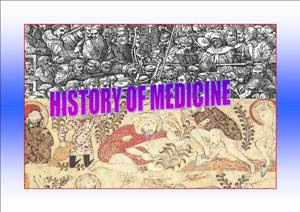Common Microorganisms Found in Milk and Dairy Products
Pathogenic microorganisms have the ability to spread to humans through the consumption of milk and various dairy items. A range of illnesses, including tuberculosis, brucellosis, diphtheria, scarlet fever, Q-fever, and gastroenteritis, can be contracted via these milk-related products.
The deterioration of dairy goods presents a significant global economic challenge. The volume of microorganisms present and the frequency of bacterial pathogens within food items function as indicators of food quality. Many of the risks linked to microorganisms in dairy products, like butter, cheese, and yogurt, stem from raw milk.
Domesticated animals serve as a primary reservoir of pathogens that can be transmitted to milk. Staphylococcus aureus, Salmonella spp., Listeria monocytogenes, Escherichia coli O157:H7, and Campylobacter are the most frequently encountered potential pathogens linked to milk and dairy products in industrialized nations.
Raw milk provides an environment conducive to the growth of bacteria that can be managed or eradicated through the pasteurization procedure.
Undesirable alterations in butter can arise due to the proliferation of Flavobacterium spp., Pseudomonas putrefaciens, and Shewanella putrefaciens. Pseudomonas fragi and occasionally Pseudomonas fluorescens growth can result in fruity odors, rancidity, and proteolytic activity.
In the manufacturing of hard cheeses, specific bacteria, such as L. monocytogenes, S. aureus, and Salmonella, can remain viable without subsequent proliferation.
The potential danger posed by pathogenic bacteria has been significantly mitigated, and the occurrence of outbreaks associated with milk and dairy products has consistently decreased. This is predominantly attributable to contemporary milk production practices that underscore sanitary measures, enhanced udder health, herd evaluations, appropriate cooling, meticulous handling and storage of raw milk, and the near-universal adoption of pasteurization.
Common Microorganisms Found in Milk and Dairy Products










